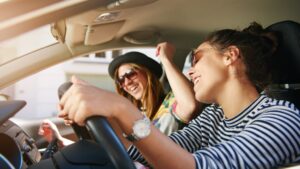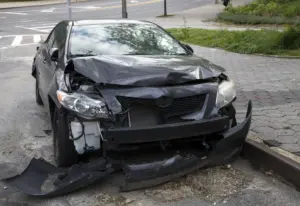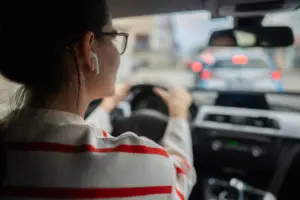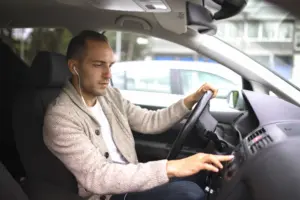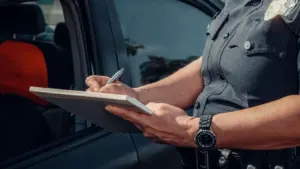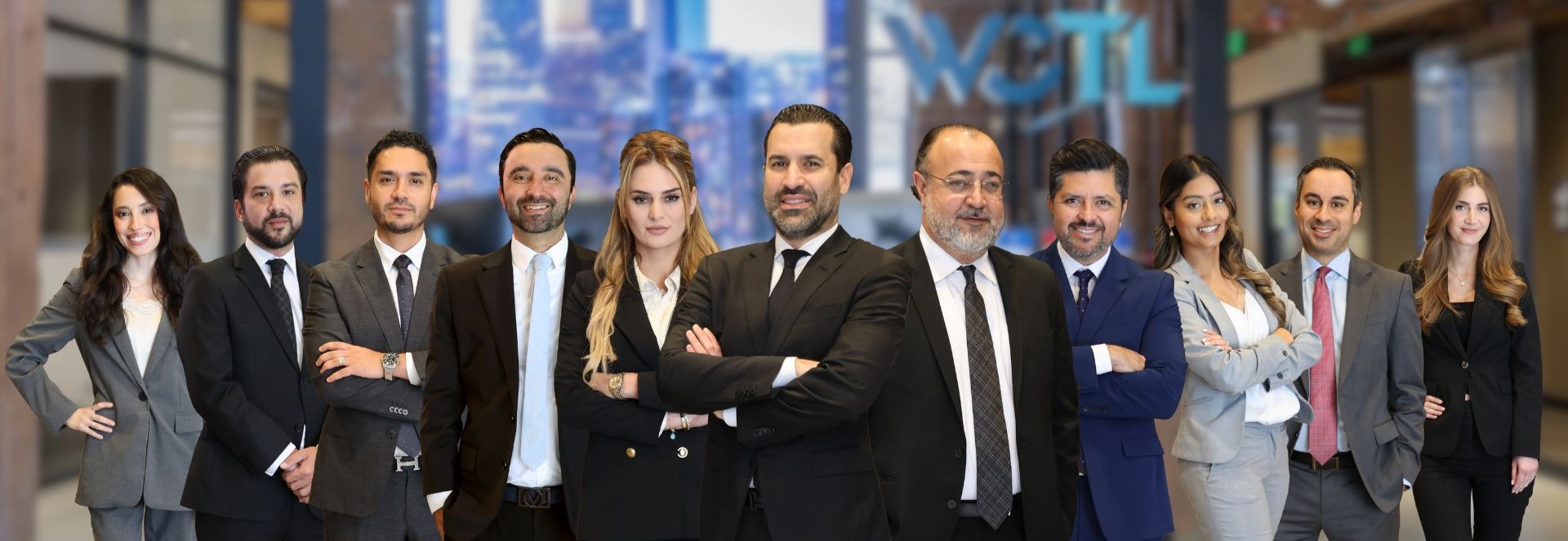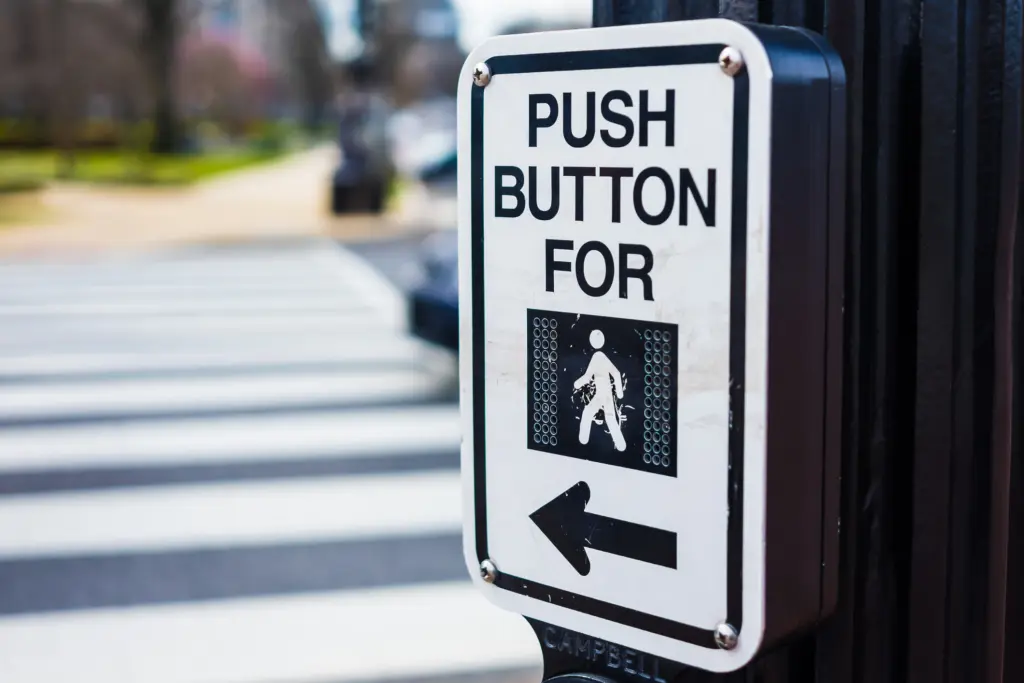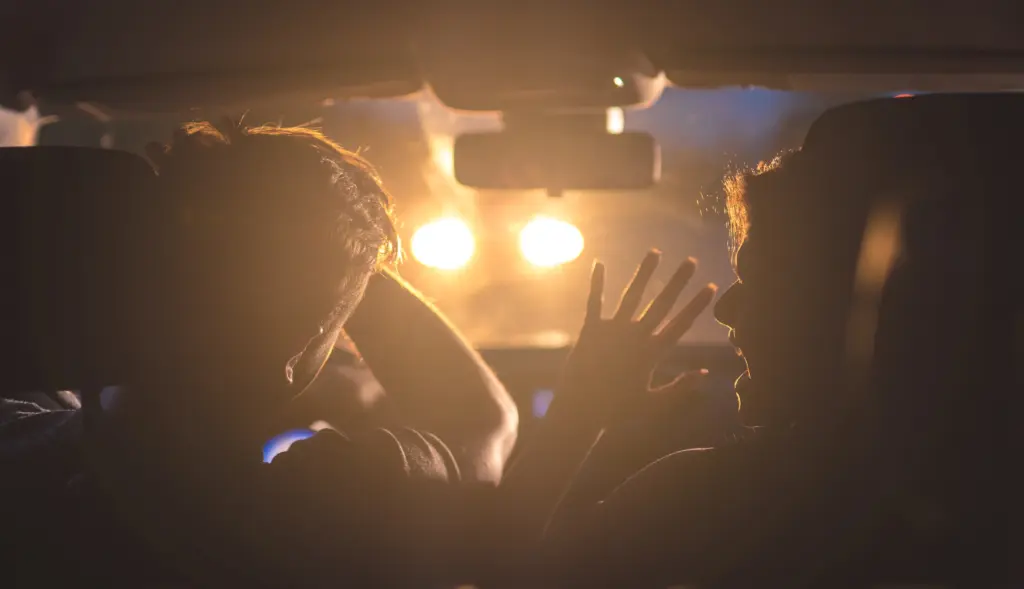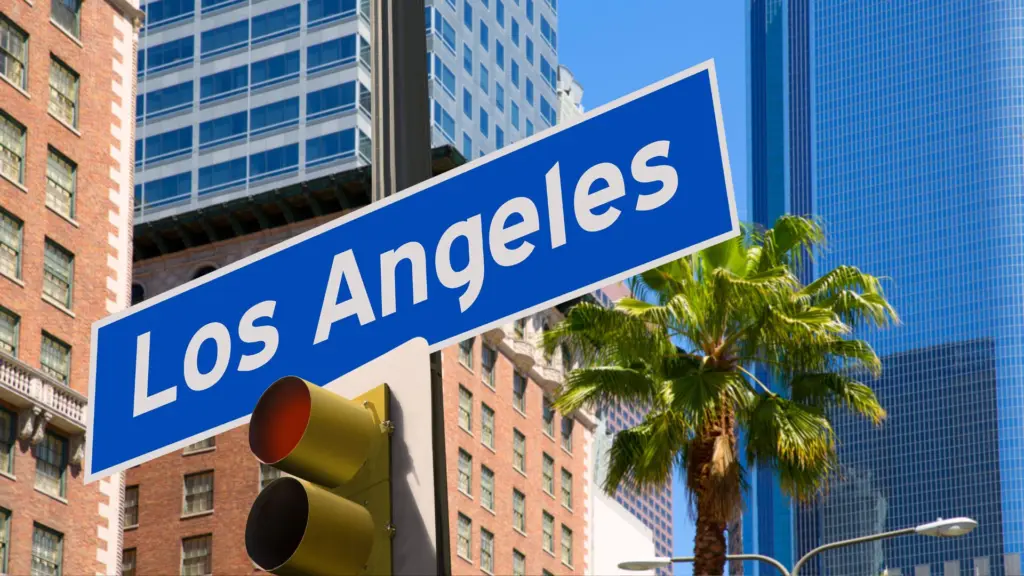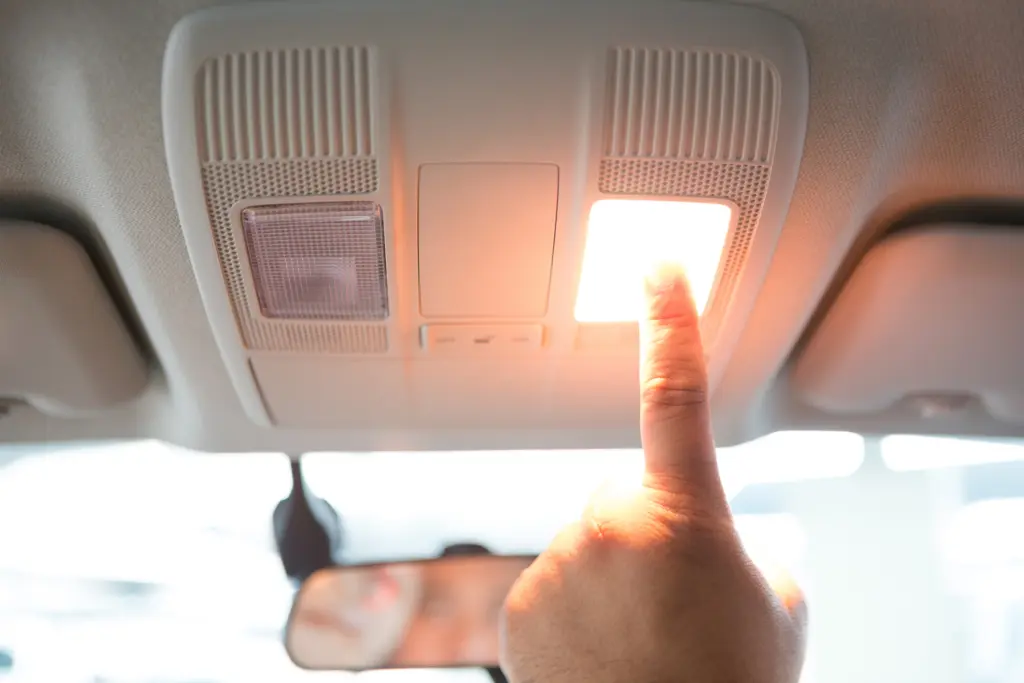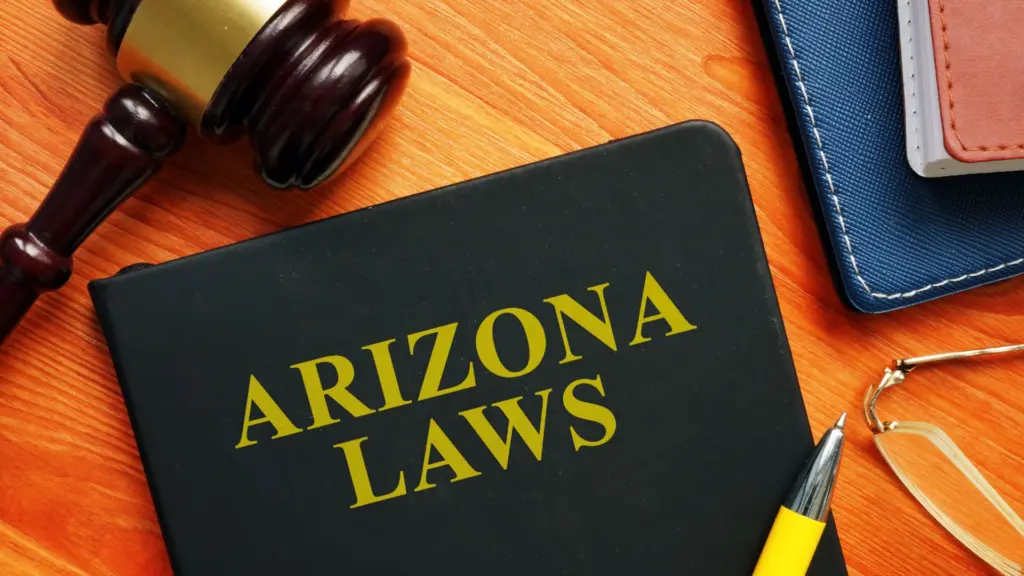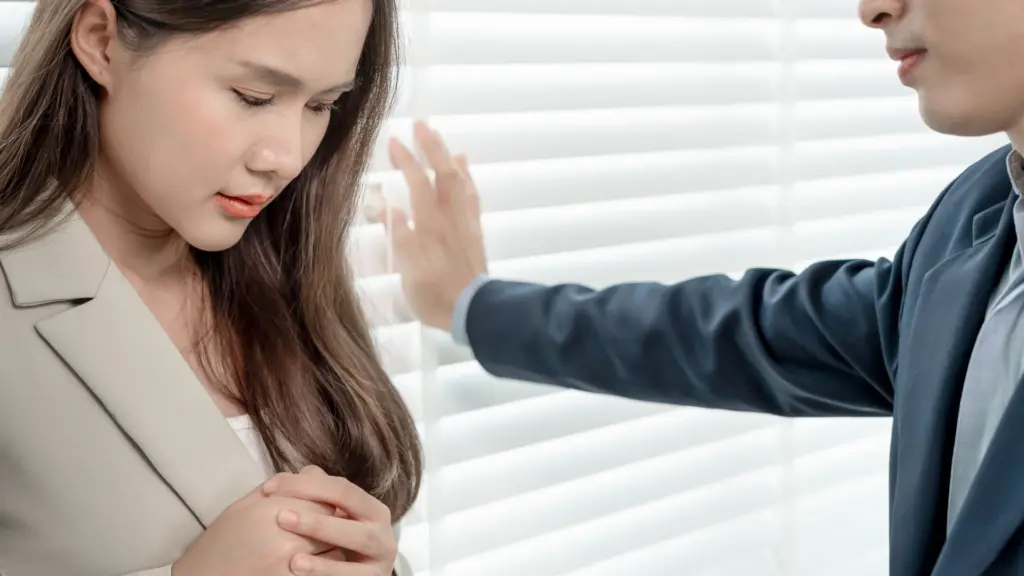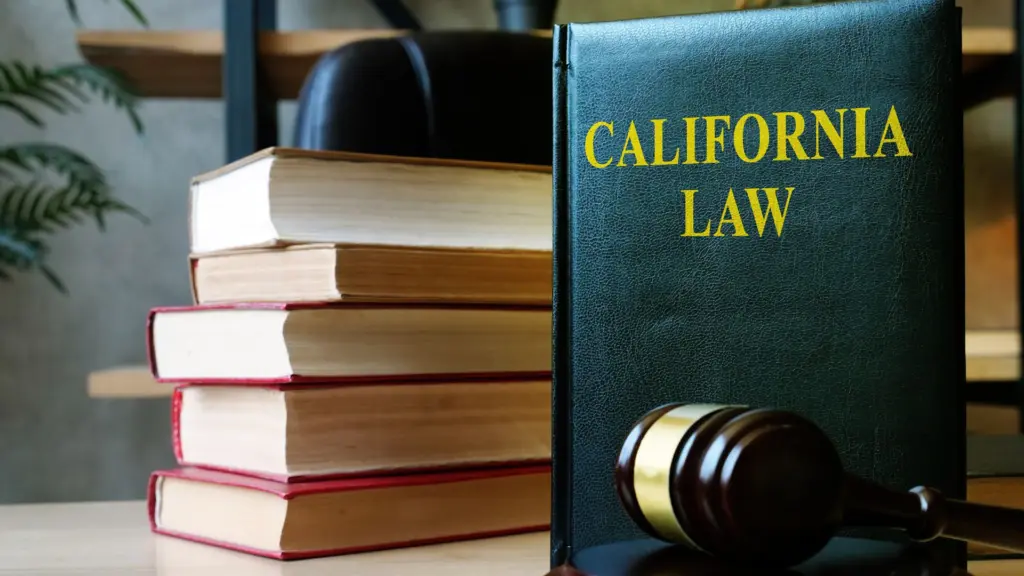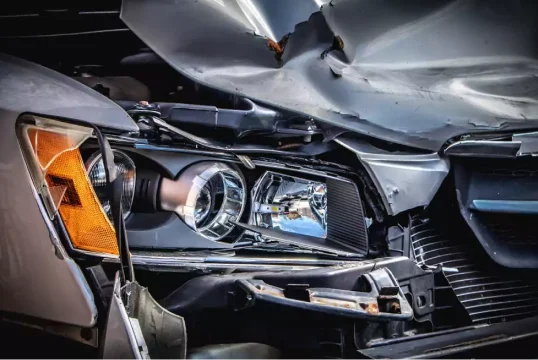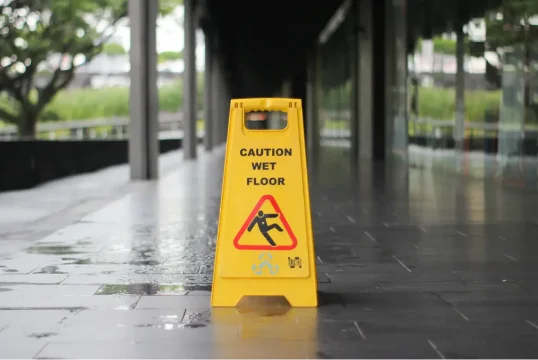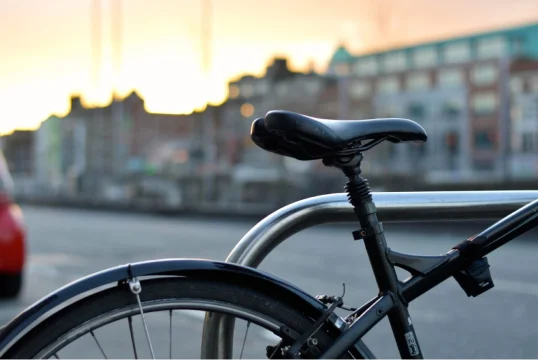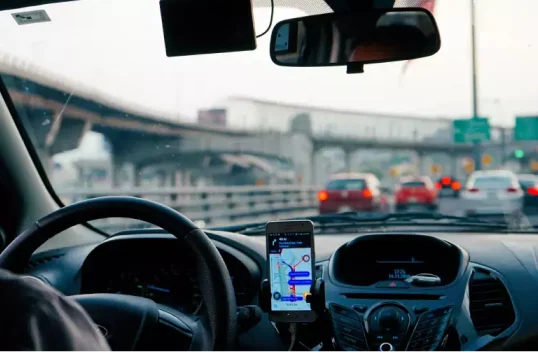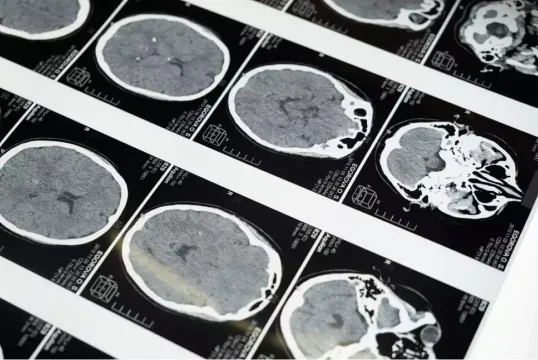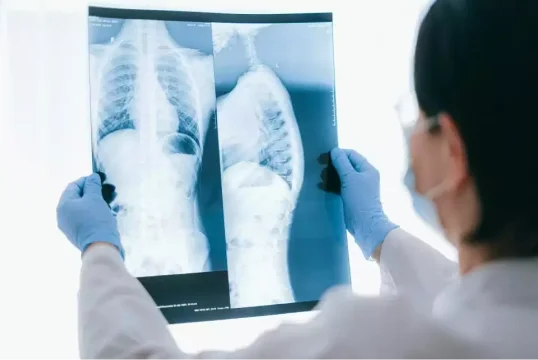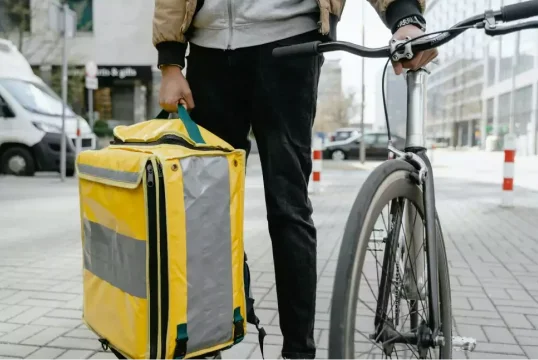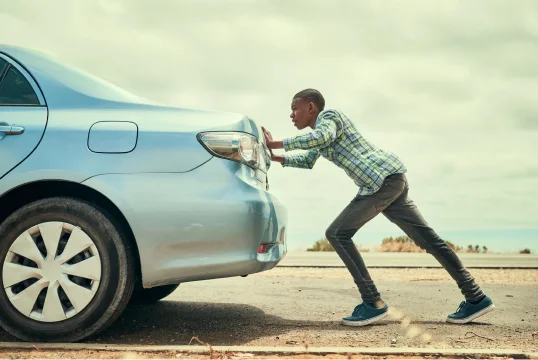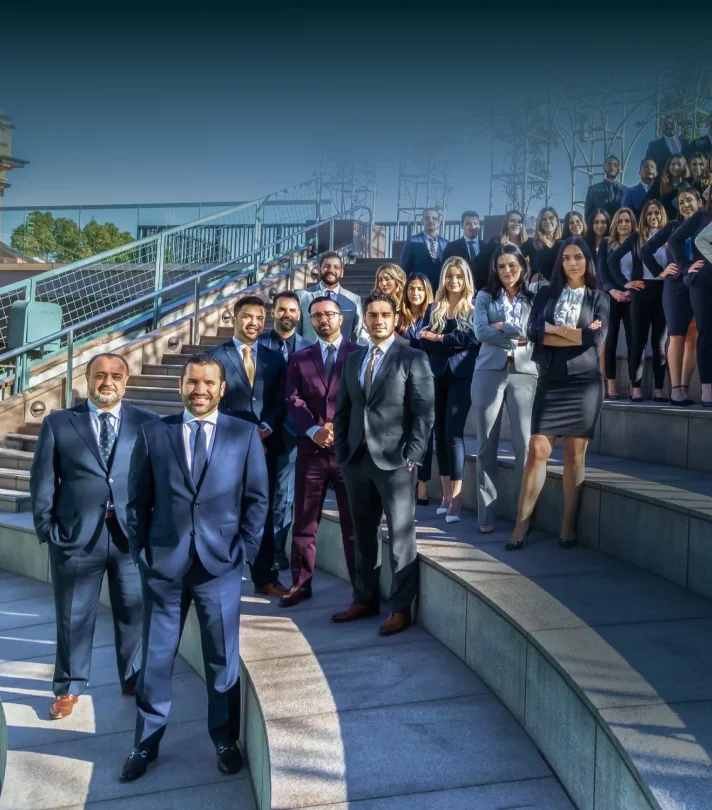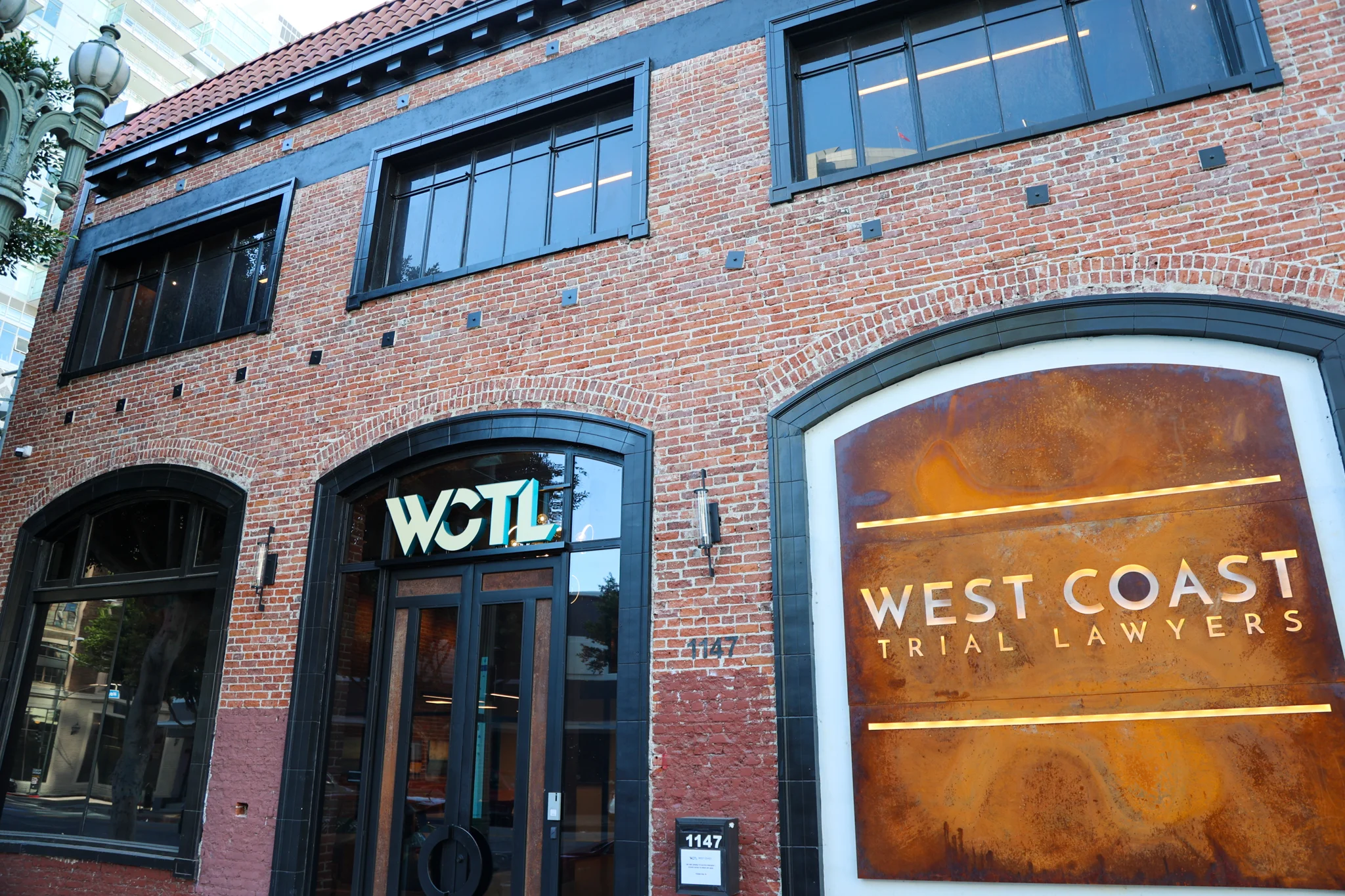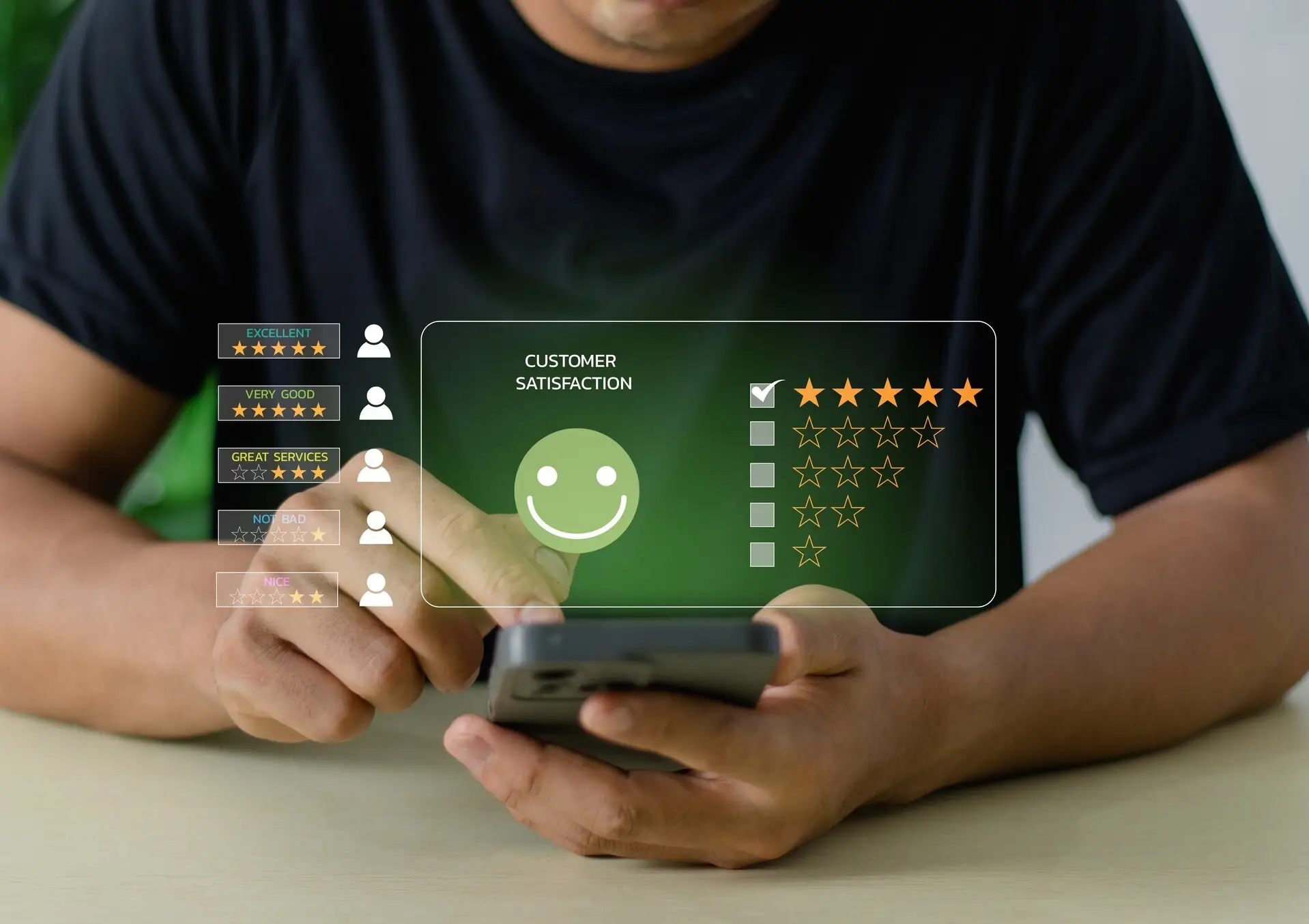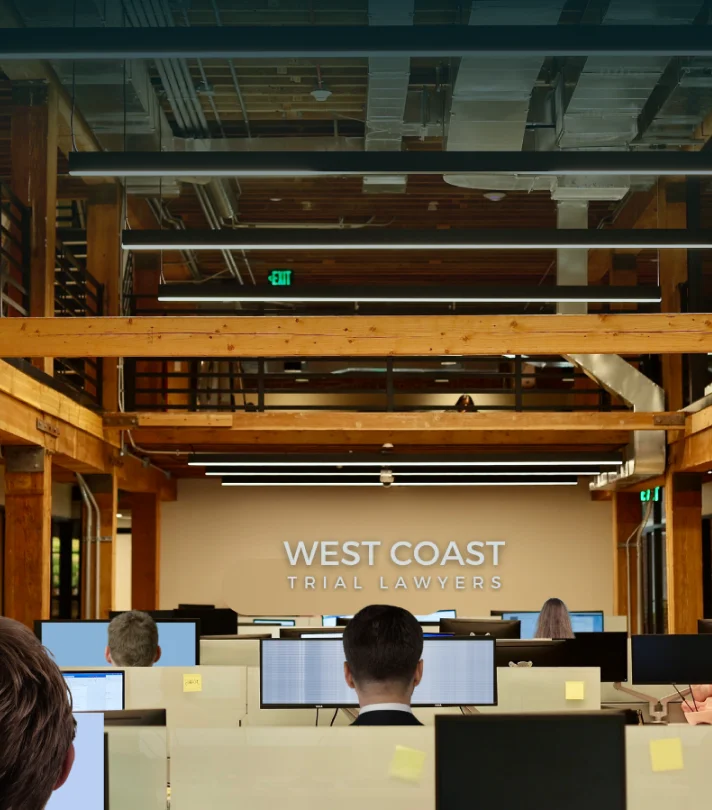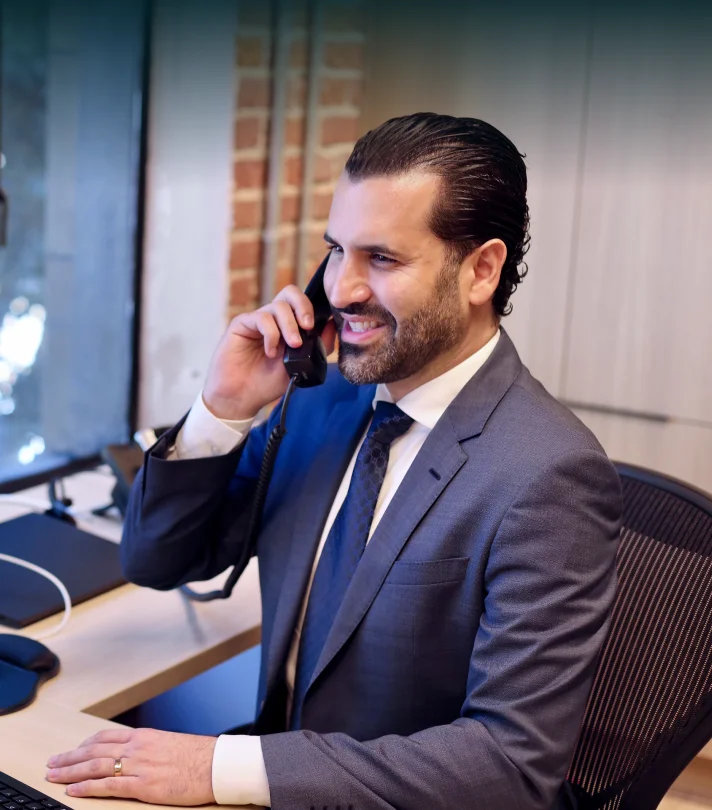A driver wearing headphones is an example of how modern technology has become integrated into everyday life. Many people will rely on personal electronic devices to make commutes or errands an enjoyable experience, using them to listen to music, podcasts, or to have conversations with friends or family. While this has become a common practice, it also raises questions pertaining to responsibility and accountability on the road.
Can You Wear Headphones When You’re Driving?
According to California Vehicle Code § 27400, a vehicle operator or a bike rider cannot wear a bluetooth headset, earplugs, or earphones that cover, rest on, or are placed into both ears. This applies even if the electronic device is not playing audio. Such regulations are implemented to ensure people can hear important sounds, like emergency vehicle sirens or other vehicles’ horns, which are crucial for making timely reactions and informed decisions. Violations may result in a base fine of $197 and a point added to your driving record. A license suspension is possible if you accumulate too many points within a 1-,2-, or 3-year period in California.
There are, however, a few exceptions for certain groups:
- Drivers of authorized emergency vehicles.
- Operators of special construction or highway maintenance equipment.
- People using hearing aids.
- Refuse collectors wearing safety headsets or earplugs.
- Individuals using personal hearing protectors made to minimize hazardous noise levels.
Is It Illegal to Listen to Music While Driving?
Listening to music while driving is not illegal as long as it does not tamper with a driver’s ability to safely operate a vehicle. You can tune into your favorite songs through your car stereo or with a single earbud, but you should still be aware of your surroundings when doing so. Having headphones or earbuds on that cover both ears may block critical sounds, impacting safe driving. Listening to music this way can result in impaired awareness and may contribute to cognitive distraction, reducing prompt reaction to road hazards.
In What States Is it Illegal to Wear Headphones While Driving?
A common question asked amongst many drivers is whether it is legal to wear headphones while driving. Laws will vary significantly state by state. In California, it is prohibited to have it on when operating a vehicle. Other regions, like Nevada, Arizona, and Washington may have their own unique regulations enforced.
- Nevada: There is no federal law specifically prohibiting headphones while driving in Nevada. Drivers should stay aware of their surroundings as using headphones can tamper with their ability to quickly respond to road hazards. But, the state does not permit using a handheld device to text, email, or access the internet under NRS § 484B.165. So, if a driver is using their phone to change a song, they could be cited for distracted driving even if headphone usage is not illegal.
- Arizona: There is no statewide law prohibiting headphone use while driving in Arizona. However, under Ariz. Admin. Code § R13-13-104, school bus drivers are restricted from wearing audio headsets, earphones, earplugs, Bluetooth devices, cellular phones, personal digital assistants, regardless of whether it includes hands-free operations. Other than that, if you are a regular driver who interacts with your phone to choose a song or playlist can get you in trouble under ARS § 28-914. This law restricts drivers from using handheld wireless communication devices while operating a vehicle. So, even though you can technically wear headphones, using a phone to control music as you are driving on the road would count as distracted driving and could cause you to get a citation.
- Washington: In Washington, it is illegal to wear headphones that muffle or exclude other sounds under RCW § 46.37.480. Specific exceptions include hearing aids and safety devices. Overall, headphones are not allowed to be worn behind the wheel as it can make it difficult to perceive important auditory signals, thus creating dangerous conditions for the driver.
Does Listening to Music Count as Distracted Driving?
Listening to music does not count as distracted driving if it is played at a reasonable volume using a car stereo or hands-free devices. Most drivers can enjoy music without having it compromise their safety while on the road. However, it can turn into a form of distraction if it triggers the driver to make adjustments to a playlist, mess with their phone, or block out surrounding sounds.
According to the National Highway Traffic Safety Administration (NHTSA), in 2023, distraction contributed to 13% of all motor vehicle crashes, leading to 3,275 traffic fatalities and nearly 325,000 bodily injuries. About 14% of these collisions involved cell phone use, including talking, listening, or manipulating the device.
Simply put, while listening to music itself is not deemed as distracted driving, the methods used to control music can ultimately contribute to distractions. To reduce risks, it is encouraged for drivers to set up their music playlists before heading out or use voice-activated systems that allow for hands-free control to make sure attention remains on the road.
Who or What Is Responsible for a Distracted Driving Accident?
Responsibility for a distracted driving accident usually falls on the driver whose attention was diverted from the road. For instance, if they were texting or changing the radio, it could be enough to take their focus away from their surroundings. Such conditions can introduce significant risks to everyone nearby, like passengers, pedestrians, and other drivers.
In some cases, liability could extend to a vehicle manufacturer if in-car technology is poorly designed and interferes with concentration. With that said, the driver is typically the one responsible for the collision.
But, under California’s pure comparative negligence rule, shared liability is possible depending on the factors surrounding the case. This means that you can still recover compensation even if you were partly liable for the car accident. But, it will be reduced based on your percentage of fault.
What Should Be Done Immediately After an Accident Occurs?
Taking immediate action after a distracted driving accident is easier said than done. If possible, try to consider doing the following actions to protect your safety, and to also enhance your probability of acquiring fair compensation.
- Contact local authorities: If you sustained any injuries or property damage, you should request emergency services personnel to attend to the accident scene as soon as possible. Police officers will arrive shortly after and conduct a written report covering the situation. Paramedics may also be present to help those who were affected by the impact.
- Seek medical attention: Even if you think your injuries may be minor, you should still get yourself evaluated. A healthcare professional will take a look at your condition, provide necessary medical treatments, and create an official record in which you can use for your insurance claims or legal matters.
- Gather evidence: This will help strengthen your car accident claim. Start by taking photos of your injuries, damages, and the surrounding conditions. Acquiring surveillance footage is also beneficial as it can pinpoint how the incident occurred and what may have been its primary cause. Make note of when the crash happened and include the date and location. Equally important is to gather witness statements.
- Exchange information: Be sure to get the other driver’s insurance company and policy number, along with their contact and vehicle information.
- Consult with a car accident attorney: You should seek legal advice from someone who specializes in distracted driving-related cases. They can help you file a car accident claim, ensuring necessary documentation is implemented while also having it submitted prior to the deadline. Such efforts can allow you to recover damages, like medical bills, lost wages, and pain and suffering.
Can I Wear One AirPod While Driving?
It is illegal to wear headphones or earbuds in both ears while driving on California roads. However, vehicle operators are allowed to have only one earbud, meaning one AirPod can be used, whether it is for making a phone call, listening to music, or using navigation. Doing so will not necessarily create a heavy impact on a person’s ability to hear sounds from their surrounding environment.
Why Would Someone Wear Headphones While Driving?
Many people will choose to wear headphones while driving because of numerous reasons, even though it carries significant risks. Some will want to listen to music, podcasts, or maybe even audiobooks during long commutes or when they are stuck in traffic jams to make the experience more tolerable or enjoyable. Others may rely on headphones to make hands-free phone calls, especially if their car does not have a built-in bluetooth or speakerphone.
In some cases, people might want to wear headphones to block out outside noise or to reduce stress while on the road. But, doing this could distract the driver and minimize their ability to hear critical sounds, like sirens or horns, thus increasing the risk of a car accident. Having on headphones could also divide attention between audio content and driving, further allowing a vehicle operator to succumb to distractions.
Even if it is legally allowed to wear one earbud, it is still important for you to stay alert of your surroundings, as driver safety on the road should always be your top priority over engaging with personal entertainment.
What Is the Safest Way to Listen to Music While Driving?
The safest way to listen to music while driving is to make sure it does not distract you from the road. The most ideal approach would be to use your car’s built-in stereo system or a hands-free device that will allow you to enjoy your favorite tracks. Be sure to keep the volume at a moderate level so you can hear important sounds from emergency vehicles or other drivers. If you choose to use headphones, remember that it can be worn in only one ear. Even then, it is still important to keep your focus on your surroundings and to avoid any audio that might demand too much attention. Combining these efforts will allow you to have a pleasant trip while driving safely.
Can the Police Stop Me for Loud Music?
The police can stop you for loud music under certain circumstances. Under CVC § 27007, law enforcement can address any loud or disturbing sounds coming from outside the vehicle that can be heard from 50 or more feet when it is being operated on a highway, unless its purpose is to request assistance or warn others of a hazardous situation.
Playing songs at an excessively high volume can prevent you from hearing traffic signals, emergency sirens, or other vehicles, which can be a safety hazard and may result in a citation. Even if the music itself is not illegal, blasting it will affect your ability to hear the road, or may even distract other drivers, ultimately justifying a traffic stop. Officers may issue a warning or a fine depending on the situation presented.
Injured in a Distracted Driving Accident? West Coast Trial Lawyers Is Here to Help
If you were involved in a distracted driving accident, West Coast Trial Lawyers can help you navigate local and state laws to support your case. We are experienced with incidents that involve phones, headphones, and other forms of distractions. Our legal team is readily available to assess your situation, establish fault, and gather critical evidence to strengthen your claim and better your chances of securing full compensation.
To set up a FREE consultation, you can get in touch with us by calling (213) 927-3700 or filling out our convenient online contact form.



